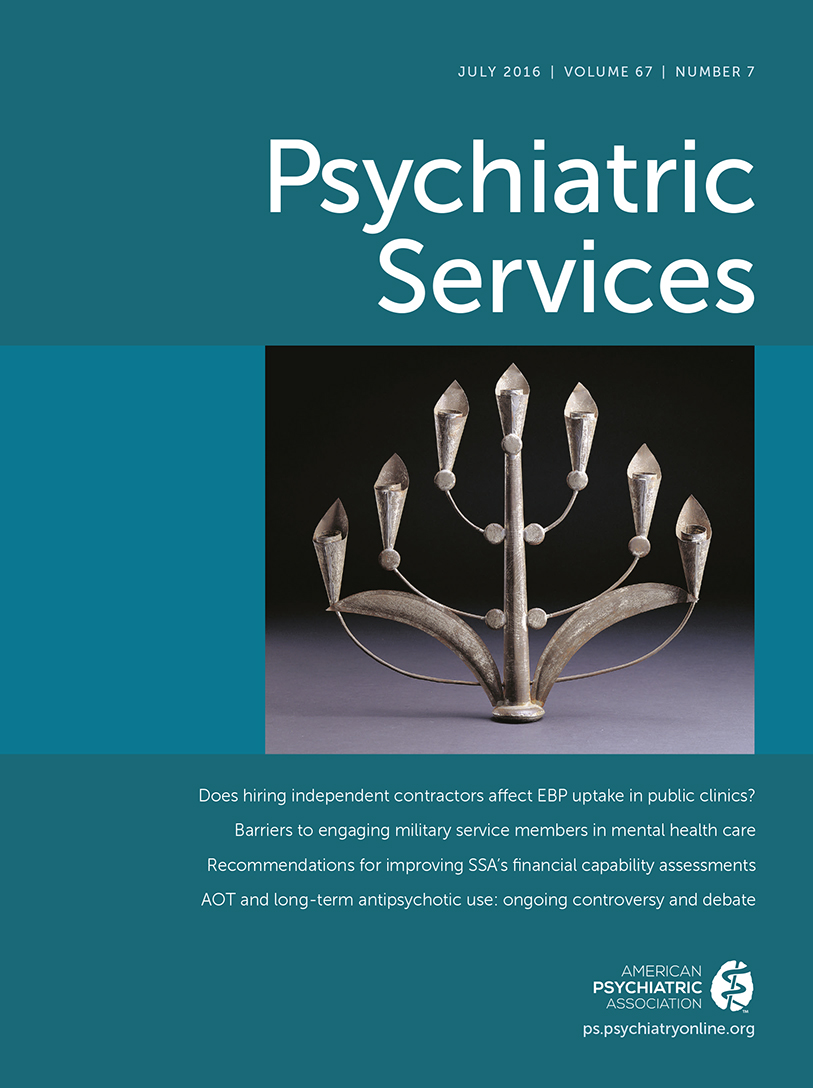Incorporating Individualized Placement and Support Principles Into Vocational Rehabilitation for Formerly Incarcerated Veterans
Abstract
Objective:
This study evaluated the six-month outcomes of incorporating the principles of supported employment, specifically Individual Placement and Support (IPS), into the About Face program, an existing standardized group-based vocational program for previously incarcerated veterans.
Methods:
Participants (N=84) with a history of at least one felony conviction and a substance use disorder (88%) or mental illness or combination (59%) were recruited from a large urban veterans hospital. Veterans were randomly assigned to either the About Face program (AF) or to that program plus a modification of IPS (AF+IPS). Veterans were followed for six months. Employment outcomes, including time to employment, hours worked, and income earned, were evaluated with survival analyses and nonparametric tests.
Results:
Rates of employment over the follow-up period were significantly higher for those receiving AF+IPS, with 21 of 46 (46%) finding employment, compared with only eight of 38 (21%) who received AF alone. As a group, those receiving AF+IPS worked more hours and earned more wages than those receiving AF alone.
Conclusions:
Incorporating many of the principles and techniques of IPS into an existing vocational program was associated with improved employment outcomes over the six-month follow-up period and should be considered a viable rehabilitation option when working with this vulnerable population.



